Step-by-Step Guide to Visiting Yangon: A 2-day Yangon Itinerary
Immerse yourself in a city adorned with shimmering golden pagodas, rich colonial architecture, and delectable Burmese cuisine with this meticulously crafted 2-day Yangon itinerary. This guide will unveil a treasure trove of cultural experiences and breathtaking sights for your exploration.
As the former capital and largest city of Myanmar, Yangon, formerly known as Rangoon, offers a plethora of attractions to discover within a short timeframe. Unveil the city’s wonders through a concise 2-day itinerary designed to optimize your visit and help you make the most of your time.
From tranquil lakeside strolls to vibrant artistic alleys and top-notch accommodations, this comprehensive Yangon travel guide offers a detailed itinerary and curated recommendations for the best activities to partake in during your 2-day adventure in Yangon.
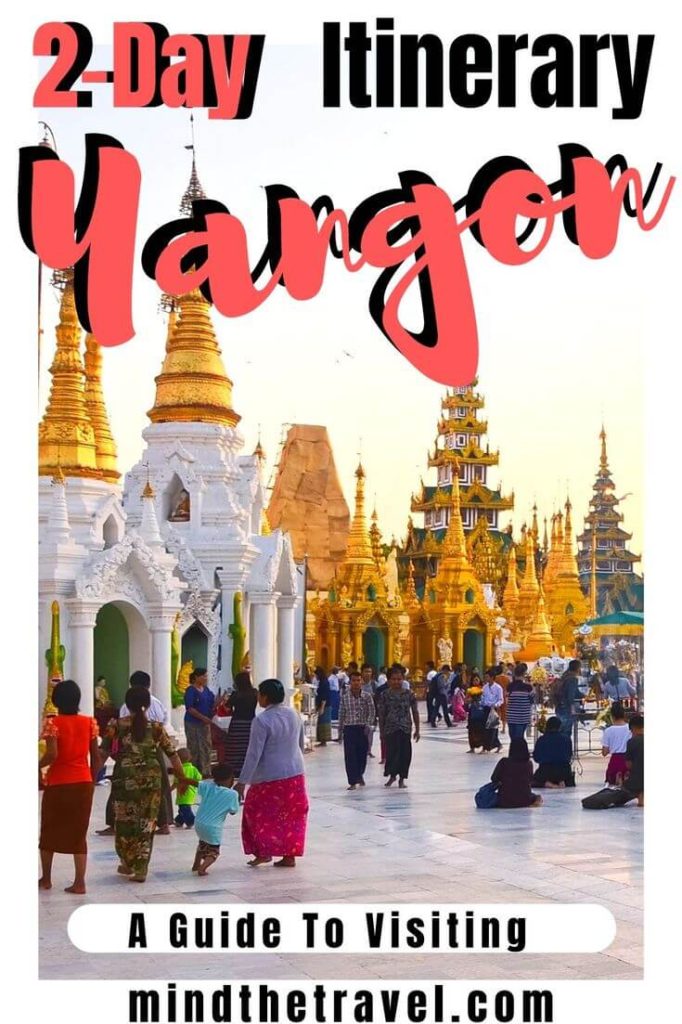
Step-by-Step Guide to Visiting Yangon: A 2-day Yangon Itinerary
Yangon, the bustling financial center and the largest metropolis in Myanmar (formerly Burma), offers travelers an opportunity to manage their expenses effectively with a daily budget ranging from 35 to 50 USD.
This allocation typically covers accommodation, transportation, and even dining expenses, making it a budget-friendly destination.
With a population exceeding six million, Yangon grapples with significant traffic congestion, as vehicles inundate roads originally designed for bicycles and livestock.
Despite ongoing investments, the city’s infrastructure struggles to keep up with its rapid growth.
Downtown areas are often cluttered with carts, motorcycles, and street vendors encroaching on pavements, forcing pedestrians onto roadways.
Upon your airport arrival, you’ll notice the distinctive attire worn by many local men, featuring the lungi, a traditional sarong paired with a Western shirt, offering a cool and comfortable option in Myanmar’s warm climate.
Women commonly apply thanaka, a yellow or white powder derived from wood bark, for cosmetic and sun protection reasons, adding to the unique cultural experience.
Useful Info for Spending 2 Days in Yangon
Most international visitors planning a trip to Yangon will land at Yangon International Airport (RGN) in Mingaladon, situated approximately 14 kilometers from the Downtown area.
Direct flights connect Yangon to major cities across Southeast Asia, making it easily accessible.
Airlines like Air Asia offer direct flights from Bangkok, Hong Kong, Singapore, and Kuala Lumpur, facilitating convenient travel.
During my journey from Bali to Yangon, I capitalized on a layover to explore this captivating city.
Myanmar boasts an extensive rail network, allowing travelers to reach Yangon by train from destinations such as Mandalay or Bagan.
Long-distance buses also connect various towns, although these can be crowded and lack air conditioning.
For a hassle-free journey to the downtown area, utilizing the Grab app to book a taxi for around 8000 MMK is recommended.
Access free airport Wi-Fi to facilitate this service. Conventional taxis tend to be pricier, with fares around 12000 MMK to reach the Sule Pagoda region.
Negotiating a better rate based on demand and timing is common practice.
For budget-conscious travelers, the most economical transportation option to and from Yangon Airport is the Air-Con bus, priced at a mere 500 MMK, equivalent to less than 1 USD.
With services available round-the-clock, this bus route presents an affordable and efficient mode of transport.
The journey to Sule Square typically takes around 40 minutes without heavy traffic, with buses departing every 20-30 minutes.
How To Get Around Yangon
Unlike many Southeast Asian cities, Yangon prohibits motorbikes, ruling out the possibility of renting a scooter or hitching a ride.
To traverse the city efficiently during your visit, rely on walking, utilizing Grab taxis, and occasionally taking bus rides.
My carefully crafted 2-day Yangon itinerary emphasizes walking wherever feasible, complemented by Grab taxi services when needed.
This rideshare platform eliminates the hassle of haggling, ensuring affordable fares that seldom exceed a few dollars per trip.
To simplify transportation and enhance your mobility, consider purchasing a Burmese SIM card upon your arrival, either at the airport or in the downtown area.
While Yangon boasts a commendable public bus network ideal for budget-conscious travelers, bear in mind that bus travel can be time-consuming, potentially impacting your itinerary.
Nonetheless, I have incorporated bus routes into the itinerary whenever applicable to offer a money-saving transportation alternative.
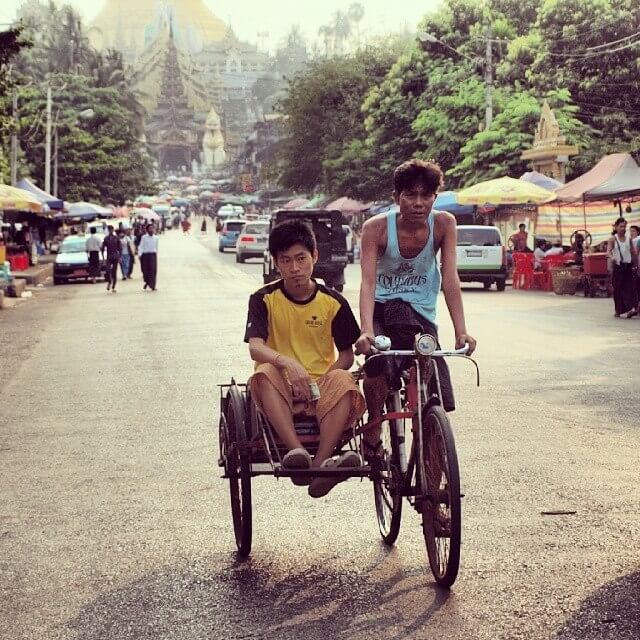
Additionally, Yangon features its own inner-city rail system, which I will delve into further on the second day of your Yangon exploration.
This rail network adds another dimension to your travel experience in this dynamic city.
Taxis are abundant in Yangon, they typically consist of older vehicles without meters.
Prior to boarding, it is essential to negotiate the fare with the driver for your intended destination.
Understandably, as a foreigner, you may end up paying more than locals do.
Nevertheless, expenses in the country are generally affordable, and taxi drivers rely on these fares for their livelihood.
Regardless of your destination within the city, taxi fares typically range between 5000 MMK to 6000 MMK. Fortunately, many taxi drivers in Yangon possess basic English-speaking skills, facilitating easier communication with.
Language and Currency in Yangon
The primary language spoken in Yangon is Burmese, which utilizes its own script, posing a challenge for Westerners to interpret.
Although English serves as a secondary language in certain educational institutions, it is not widely prevalent in everyday interactions on the streets, except in hotels and prominent establishments.
English signage can be spotted on road names and railway signs, reflecting remnants of the British colonial era.
British rule in Burma spanned from 1824 until 1948, a historical period that can be explored through works like George Orwell’s “Burmese Days.”
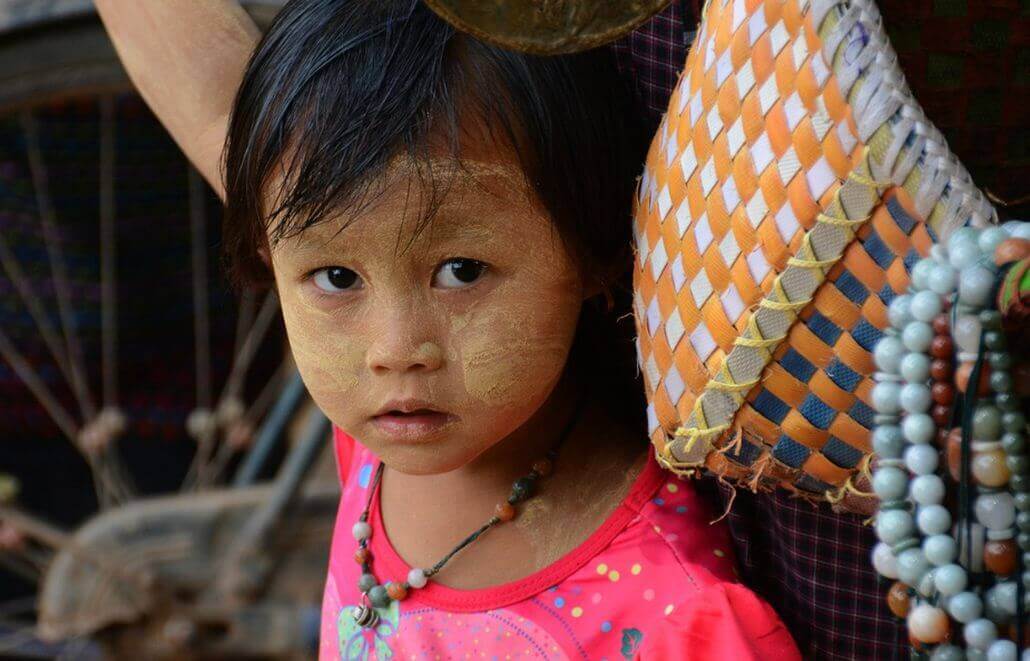
Read Next: Essential Vietnam Travel Tips. Everything You Need To Know
The official currency in Myanmar is the kyat, available in ten denominations ranging from 5 to 10,000.
As of the latest update, 1,000 kyat equates to approximately US $0.50.
Obtaining Myanmar currency abroad can be challenging, so it is advisable to carry US dollars for exchange purposes.
When making purchases, locals may decline very old or damaged notes, underscoring the importance of having newer bills for trade.
Best Time to Visit Yangon
While you can technically follow this 2-day Yangon itinerary at any time of the year, it’s crucial to consider the broader Myanmar trip if you plan to engage in activities like hot air balloon rides over Bagan or trekking in remote areas.
These activities are season-dependent and may have specific timeframes.
Myanmar’s dry season spans from November to February, offering optimal conditions for exploration.
This period is ideal for activities like trekking, temple visits, and experiencing the iconic hot air balloon rides.
Days are warm, around 30°C (86°F), with cooler evenings.
In contrast, temperatures soar to around 40°C (104°F) from March to May, posing discomfort for some travelers.
As the wet season transitions in June and lasts until October, temperatures drop to a more tolerable 30°C (86°F).
While you can still enjoy your Yangon itinerary during this time with appropriate rain gear, the rain may impact your broader travel plans.
Hence, it’s essential to pack accordingly and plan your activities considering the weather conditions prevalent during your visit.
2 Days in Yangon. Top Things to Do in Yangon
Considering a 2-day visit to Yangon? Excellent choice! Two days in Yangon provide an ideal timeframe to explore key tourist attractions and immerse yourself in the city’s essence.
While longer stays offer deeper insights, a 48-hour stint in Yangon allows you to delve into its offerings.
To assist in your planning, I aim to equip you with essential insights for your 2-day Yangon itinerary.
I will provide a comprehensive guide, highlighting recommended activities, dining options, insights into Burmese culture and history, and suggestions for accommodations in Yangon.
This curated information aims to optimize your experience during your brief yet enriching visit to this vibrant city.
Overview of Your 2-Day Yangon Itinerary
Now equipped with a fundamental grasp of the city, let’s dive straight into my curated guide outlining the top activities for your 2-day exploration of Yangon.
Below, you’ll discover a breakdown of your itinerary:
Day 1
Begin your day by visiting iconic sites like the Shwedagon Pagoda and Maha Wizaya Pagoda. Immerse yourself in history at the National Museum, ride the Yangon Circular Train, and explore spiritual landmarks such as Chauk Htat Kyi Pagoda and the serene Kandawgyi Lake.
Day 2
Choose between two options:
Option A: Pay Bogyoke Aung San Market a visit, offering glimpses of local life.
Option B: Explore Swe Taw Myat Pagoda and Thiri Mingala Kabar Aye Pagoda. Enjoy the tranquility of Kandawgyi Lake, stroll through Pansodan Street, marvel at YGN Walls, shop at Bogyoke Aung San Market, visit Sule Pagoda, and conclude your day at The Strand Night Market.
This comprehensive itinerary is designed to ensure you make the most of your 2-day adventure in Yangon, providing a perfect blend of cultural immersion, historical exploration, and local experiences to enrich your visit to this dynamic city.
Day 1 of Your 2 Days in Yangon Itinerary
Downtown Yangon
Upon arriving in Yangon, check in at your accommodation, settle in, and set out to explore the city.
Commence your first day with a visit to the exquisite Sule Pagoda, a key landmark in downtown Yangon.
Towering at 44 meters, this captivating pagoda holds a central spot in Yangon’s core, making it a central point for navigating the city.
As you delve into downtown Yangon, consider opting for one of the free walking tours available for a guided exploration.
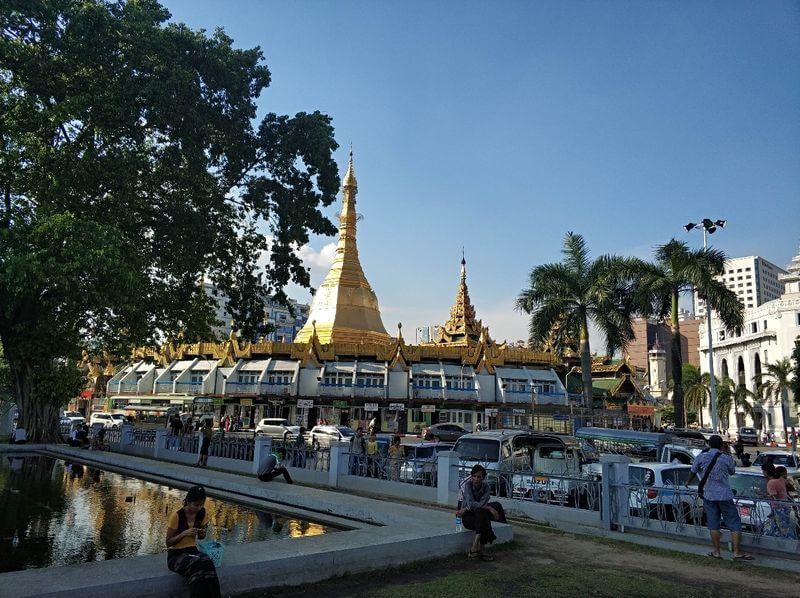
Tips For Planning a Trip to Shenzhen
Alternatively, if self-guided exploration is your preference, be sure to admire the historic Railway Station, marvel at the British Colonial architecture lining Strand Road, and make time to visit the esteemed Pansodan Gallery.
These experiences offer a glimpse into the rich history and architectural beauty that defines this bustling metropolis.
Explore Chinatown
Renowned for its delectable street food scene, Yangon beckons food enthusiasts to its vibrant Chinatown, a hub of culinary delights at affordable prices.
Situated west of the Sule Pagoda, Chinatown bustles with activity at dawn. It attracts crowds of locals and tourists to its narrow alleys where food vendors showcase their freshly prepared dishes.
Embrace the flavors of Chinatown to embark on a gastronomic adventure!
As the historic district of the city, Chinatown pulsates with Yangon’s lively nightlife.
Many travelers opt to lodge in this dynamic area, making it an ideal spot for a weekend getaway in Yangon.
Discover a plethora of clubs, bars, and eateries scattered across this expansive locale.
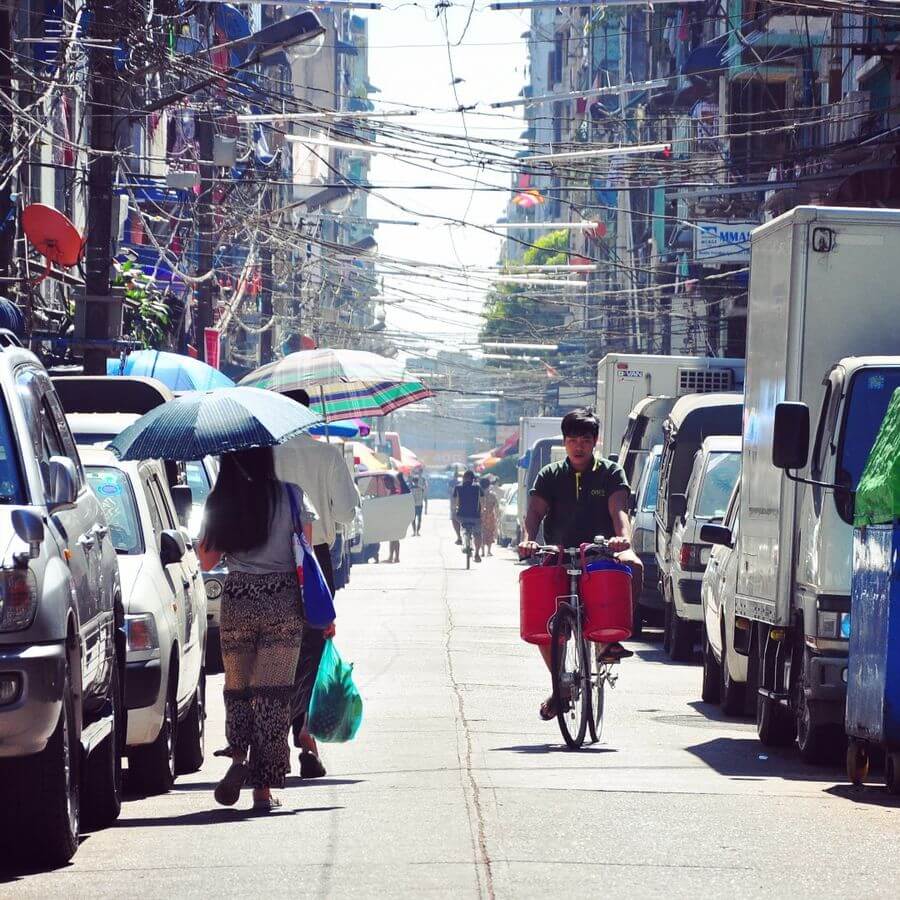
Travel Itinerary for One Week in Moscow
For a drink, head to the popular backpacker haunt, Kosan bar.
Chinese locals gravitate towards Emperor KTV in City Central Plaza, while expats favor 50th Street Café and Union for a laid-back experience amidst the city’s nightlife buzz.
Explore the diverse offerings in Chinatown to savor the essence of Yangon’s culinary and entertainment scene.
Shwedagon Pagoda
A must-visit on your 2-day Yangon itinerary, the magnificent Shwedagon Pagoda stands as the city’s most iconic and holiest monument, embodying Myanmar’s spiritual essence.
Perched atop Singuttara Hill, this gilded stupa soars to 99 meters (325 feet) and resides in an expansive complex adorned with various stupas, shrines, and Buddha statues.
Dating back to the 14th century, the pagoda houses revered relics like the staff of Kakusandha, the water filter of Koṇāgamana, and eight strands of Gautama’s hair.
For an enchanting experience, aim to arrive early at the pagoda, which opens at 4 am, to witness the ethereal morning light and witness the site come alive.
Although bustling at sunrise with local worshippers, tourists typically trickle in later in the day.
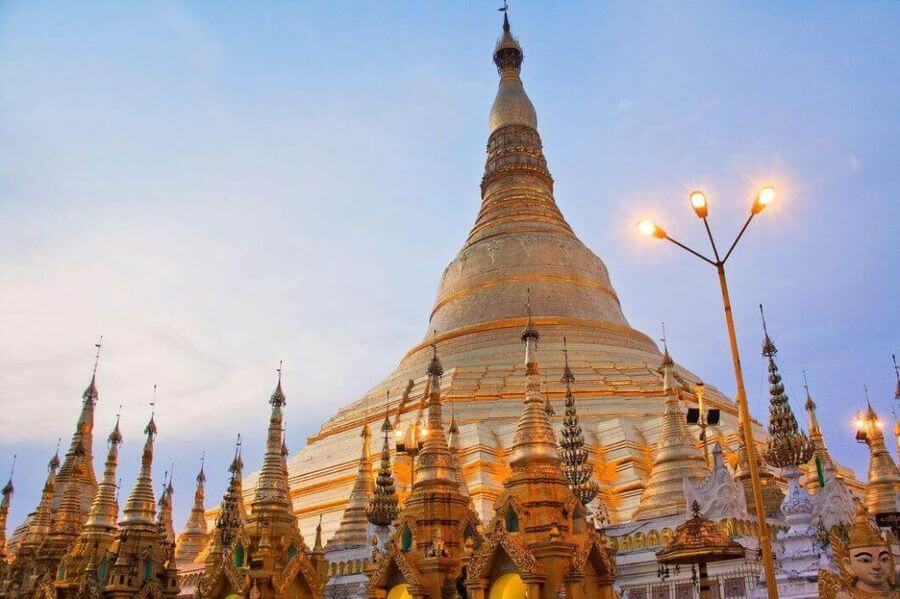
While you can explore independently, local guides at the complex often offer tours.
Opting for a guide supports local tourism, but ensure they are official and agree on the price beforehand.
Operating daily from 4 am to 10 pm, entry requires a cash fee of 10,000 MMK (approximately $6).
For a seamless experience, instruct your Grab driver to drop you at the south entrance or the north entrance to marvel at the architectural splendor.
Dress respectfully with covered knees and shoulders. Remember that shoes are prohibited within the complex; stow them in your bag or use the designated shoe rack for convenience.
Yangon Circular Train
Conclude your first day in Yangon with a mesmerizing journey aboard the Yangon Circular Train.
For an affordable fare of approximately 200 MMK (0.10 USD), immerse yourself in the local culture, witness vendors selling fruits and vegetables onboard, and absorb the vibrant atmosphere of the bustling local markets.
Operating from the Central Railway Station, this leisurely train ride traverses the city over a two-and-a-half-hour route, providing a unique perspective of local life and the city’s expansiveness.
While the journey fascinated me, I couldn’t help but notice the lack of proper waste management along the tracks, reflecting on broader environmental concerns.

The next day, ferrying across the Yangon River, I encountered further environmental dismay.
Each ticket grants a single journey, requiring a new ticket for reboarding.
The circular train operates in both clockwise and anti-clockwise directions, completing a full circuit in about three hours.
Feel free to disembark earlier and utilize a Grab ride to reach your next destination promptly.
Day 2 of Your 2 Days in Yangon Itinerary
Begin your second day in Yangon by enjoying breakfast at Rangoon Tea House, known for its array of local delicacies including hearty beef curry, curries, and tea-leaf salads.
Despite catering primarily to expats and tourists, this eatery provides a welcome retreat from the eclectic mix of scents permeating Yangon.
Bogyoke Aung San Market
Exploring local markets holds a special place in my heart, particularly when journeying through Southeast Asia.
Bogyoke Aung San Market, formerly known as Scott’s Market, presents a splendid opportunity to delve deeper into Myanmar’s rich culture.
Within its confines, you’ll encounter a diverse array of offerings—from traditional longyi to handbags, souvenirs, apparel, and culinary delights.
With its well-organized layout, navigating this market is a breeze.
During my visit in the early morning, as some vendors were setting up shop, I relished the tranquility of the environment.
Morning hours prove ideal for market exploration, allowing for a more serene experience.
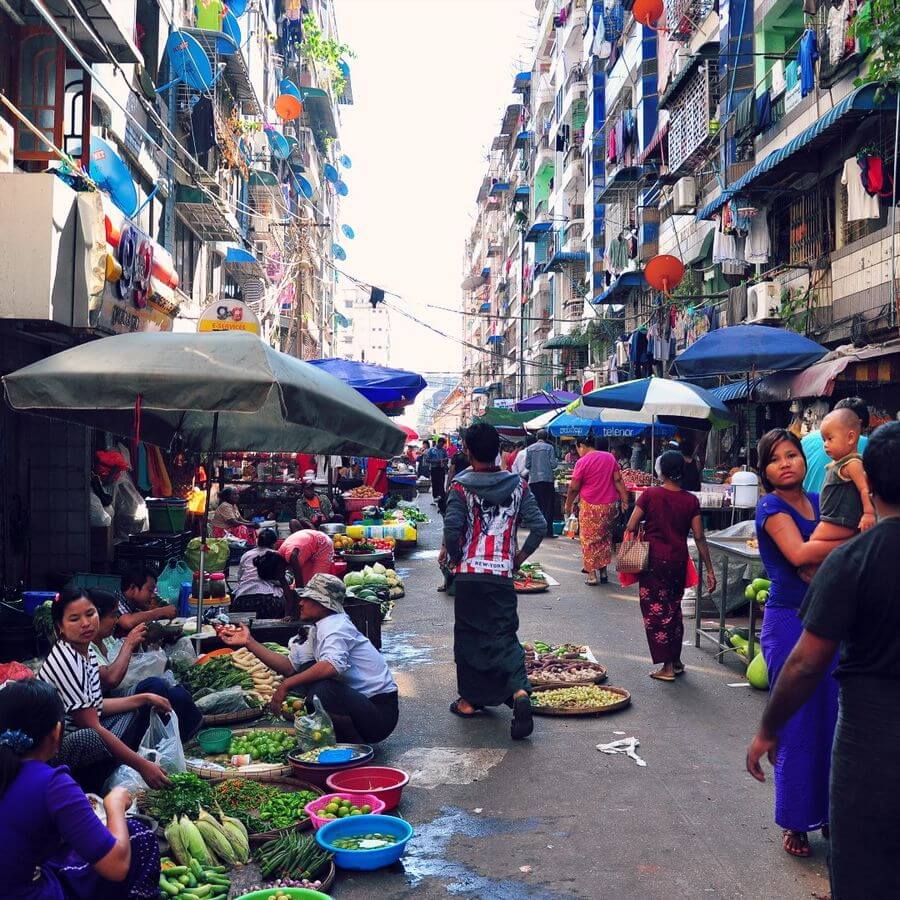
Venture off the main thoroughfare and explore the upper levels for better deals and a unique perspective.
Engage in the art of bargaining; stallholders may mark up prices for tourists, so negotiating is key to securing reasonable prices.
Each visit to Bogyoke Aung San Market unfolds as an adventure, promising new discoveries every time.
Operating from Tuesday to Sunday, the market is accessible from 9 am to 5.30 pm, inviting you to immerse yourself in Yangon’s vibrant primary bazaar experience.
Visiting this colorful market is one of the best things to do in Yangon in 2 days.
Swe Taw Myat Pagoda
Should exploring markets not pique your interest, consider heading directly to one of Yangon’s revered sanctuaries—Swe Taw Myay Pagoda.
This immaculate and strikingly symmetrical pagoda houses a precious tooth relic of Buddha, transported to Myanmar from China in 1994.
Designed to mirror the Ananda Pagoda in Bagan, a future stop on your Myanmar journey, this site offers a glimpse into the country’s rich spiritual heritage.
Operating daily from 5 am to 8 pm, admission to Swe Taw Myay Pagoda costs 3,000 MMK (approximately $1.80).
As customary, maintain modest attire and anticipate shoe removal upon entering the complex.
For a blend of both options, you can opt to ride the Yangon Circular Train to Tadalay Station and proceed on foot to the pagoda.
Alternatively, given the temple’s distance from downtown, consider securing a Grab ride for a more convenient journey.
Sule Pagoda
Retrace your steps to embark on a visit to your last pagoda in Yangon—the historic Sule Pagoda.
Erected approximately 2,300 years ago, this site features a majestic 48-meter (157 feet) tall stupa that enshrines a strand of Buddha’s hair.
The Sule Pagoda exudes a mesmerizing allure against the backdrop of the night sky, making it an ideal spot for an evening visit.
While it’s tempting to include it on your way to the market, I suggest savoring its beauty at dusk for an enhanced experience.
Access to the Sule Pagoda requires an admission fee of 5,000 MMK (around $3), and it welcomes visitors daily from 4 am to 10 pm, ensuring ample opportunity to explore its historical and spiritual grandeur.
Kandawgyi Lake
On my final day in Yangon, just before departing for the airport by night bus, I embarked on a leisurely stroll through the serene Kandawgyi Park. It is situated next to Kaung Lay Inn, a short distance from Tamwe Ah Waing bus stop.
This tranquil park serves as a serene refuge from the city’s hustle and bustle, offering a picturesque view of the distant Shwedagon Pagoda. A romantic spot for couples in Yangon.
Kandawgyi Lake proves to be an idyllic setting for catching a stunning Yangon sunrise or sunset.
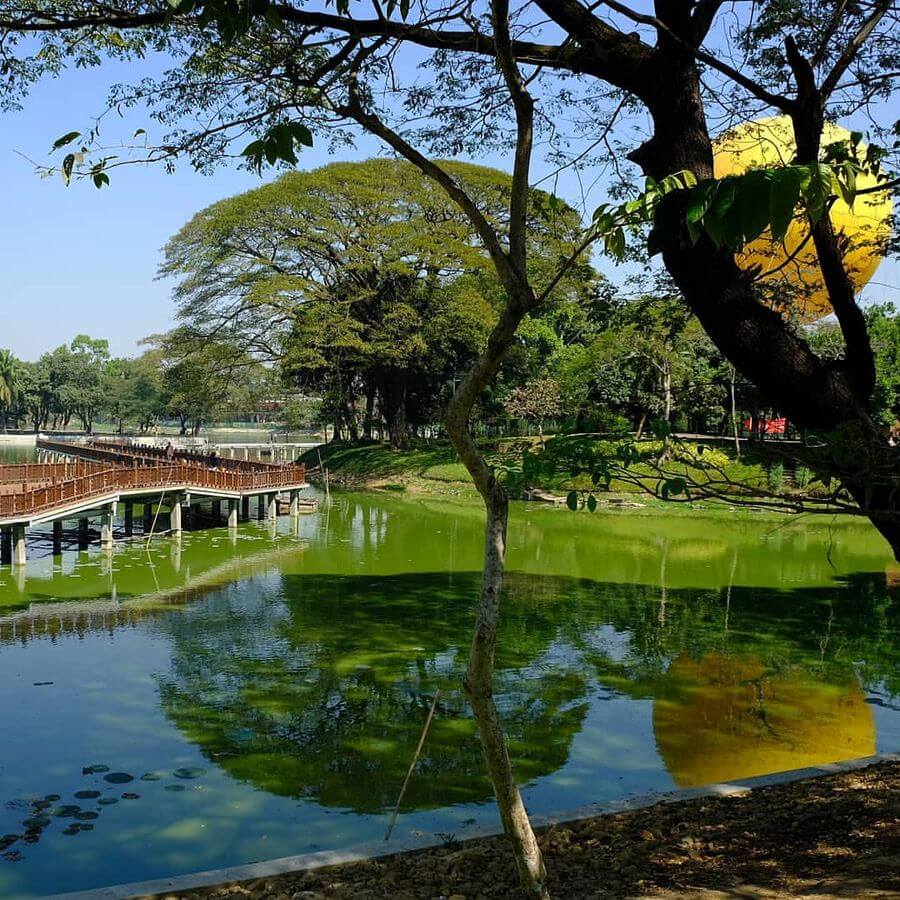
Witness locals engaging in Tai Chi practices as you admire the striking Karaweik Hall, an ornately designed boat hosting two magnificent golden birds atop its elaborate roof.
At the lake’s eastern edge lies the grandiose floating restaurant, Karaweik Palace, where you can relish a traditional Shan buffet and enjoy captivating cultural dance performances.
Secure a spot nearby to marvel at the sunset and capture enchanting photographs.
Where to Eat in Yangon
Downtown Yangon boasts numerous upscale restaurants catering to tourists and local expatriates, while hotels typically offer satisfactory dining options.
Affordable street food and locally grown fruits are abundantly available.
With a brewery located in the Mindalagon district, ‘Myanmar Beer’ is a ubiquitous and delightful choice.
It’s advisable to stick to bottled water for your beverages.
Myanmar’s cuisine reflects a rich blend of influences from neighboring countries, resulting in a diverse and adventurous local food scene.
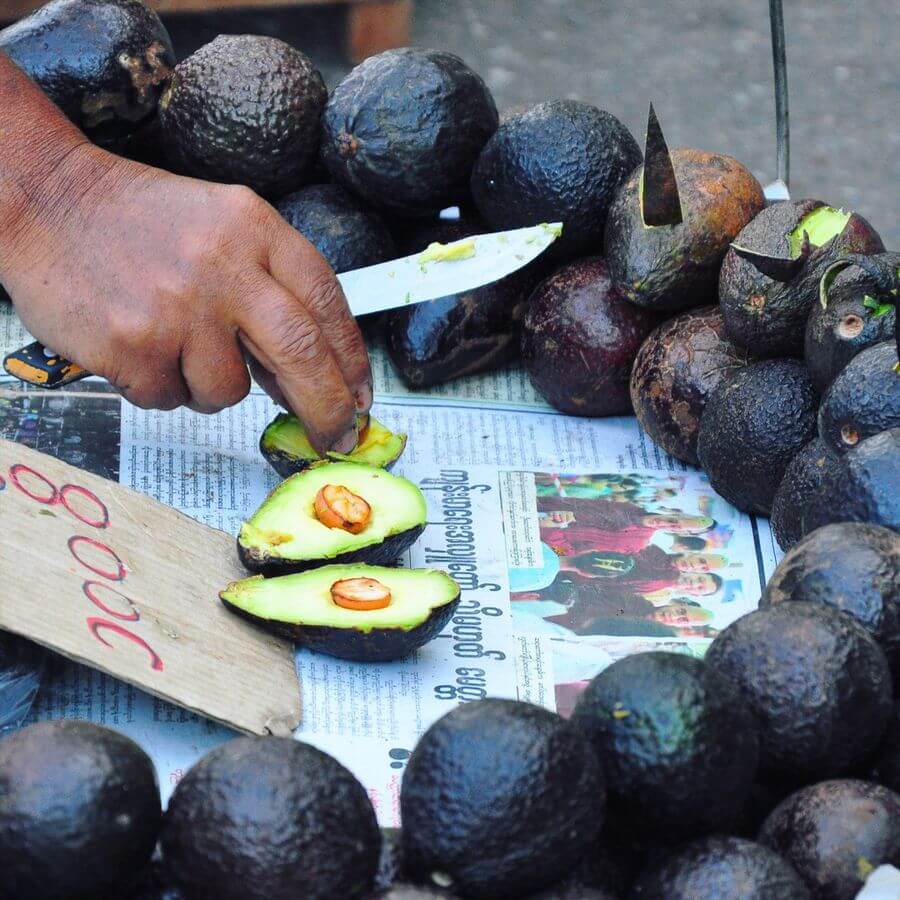
Mohinga, a traditional dish comprising rice noodles in fish and bean broth, offers a mild curry-like flavor and can be found across the city—highly recommended for a taste of local cuisine.
Embrace the Burmese tea leaf salad, a staple and a personal favorite, known for its unique flavors. Given the variability in street stall hygiene, opt for crowded places with high food turnover to ensure freshness and quality.
As a vital city in a developing country, Yangon has only recently opened its doors to tourists.
Due to Myanmar’s transition from a military regime, locals may exhibit caution towards Westerners. An understandable sentiment considering the nation’s history.
Exercise cultural sensitivity and respect during your visit to fully appreciate the local hospitality and traditions.
Where to Stay in Yangon
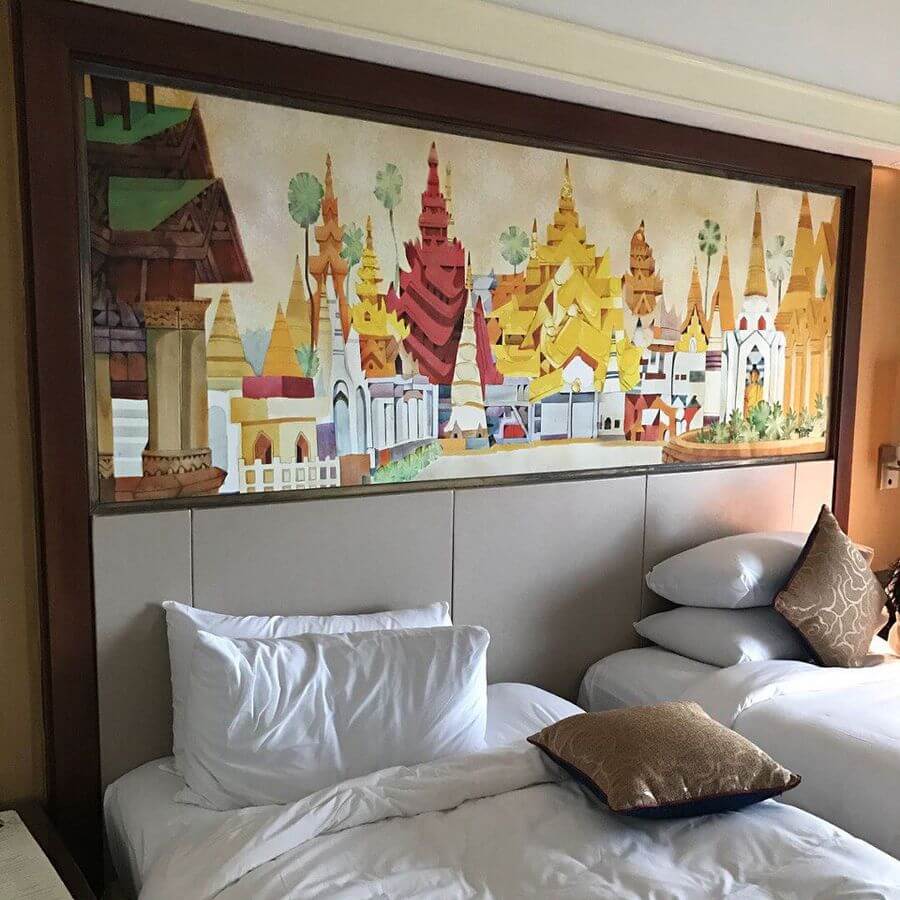
Luxury Hotels
Belmond Governor’s Residence
Savoy Hotel Yangon
The Strand, Yangon
Sule Shangri-La Yangon
Mid-Range Hotels
Mango Hill Inn
Loft Hotel
15th street @ Downtown Yangon
Merchant Art Boutique Hotel
Esperado Lakeview Hotel
City Star Hotel
Hostels
Four Rivers Youth Hostel
Pickled Tea (my favorite)
Hostel9
Backpacker(Bed & Breakfast)
The SAT Yangon
In Yangon, you will see things that you can see nowhere else, and this fact alone makes it an exciting destination. Love what you’ve just read or my travel blog? Come visit my Facebook and Twitter to say HI and discuss your experience in Yangon. I’d also love to hear your thoughts below


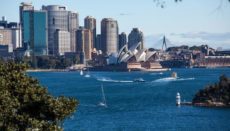
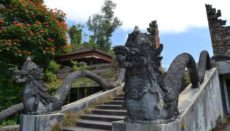
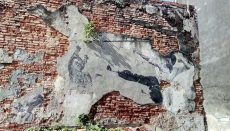
Naijatechweb
Nice one!
Kristenne
Your blog is really nice! I like the layout and how easy it is to navigate 🙂
MindTheTravel
Thank you, Kristenne!
Hajnalka
Myanmar has been long on my bucket list – thank’s for sharing this. Great tips. Can’t wait to plan the trip. I also like the images a lot.